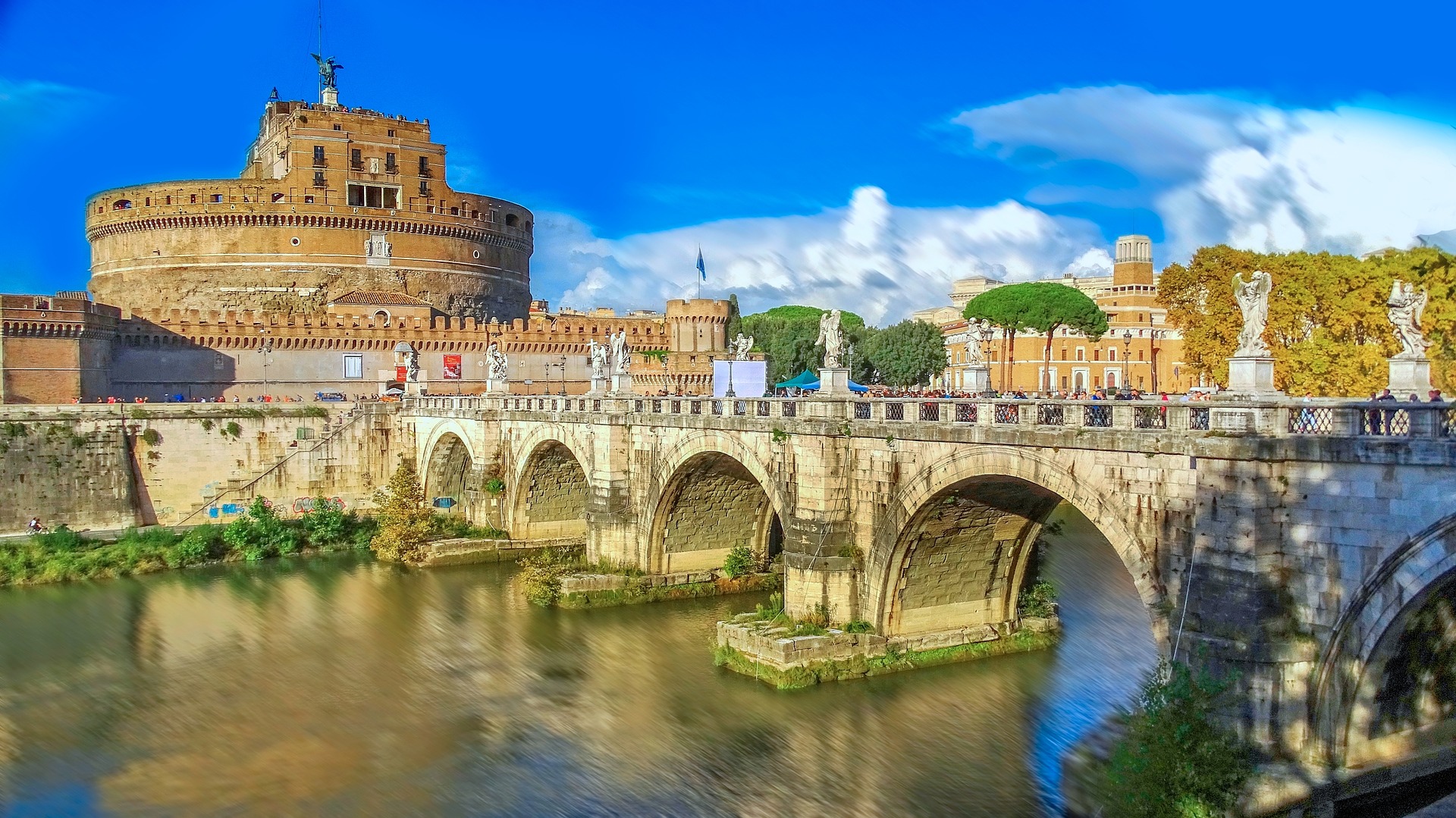“La capitale” as the people here call it, is always wonderful.
I have been many times in Rome, but every time I get off the train at the Tiburtina Station, I already know that something new will happen to me.
This time, I was there with one of the most important people in my life: my sister.
It was our classic “sisters’ weekend” and, as always, lasted 3 days and we lived it little as tourists, more as locals.
Day 1
Usually the first day starts from the culture. Ours started with the bang: unbridled shopping. Literally.
The best places to go shopping in Rome? Small local boutiques!
It’s amazing how cheap they are and how many beautiful spring and summer clothes they provide.
The only flaw? They should have some suppliers in common because some clothes are really the same.

Anyway, you can’t come back without a new leather bag or a Chopin dress!
So, arm yourself with comfortable shoes and light bag (you’ll carry back the weight of your shopping bags!) and starting from Piazza del Popolo towards Via del Corso enter every store that inspires you!
Of course, don’t forget to eat while shopping!
So, enter a butcher’s shop in the narrow streets and enjoy the typical “schiacciata con la mortazza”!
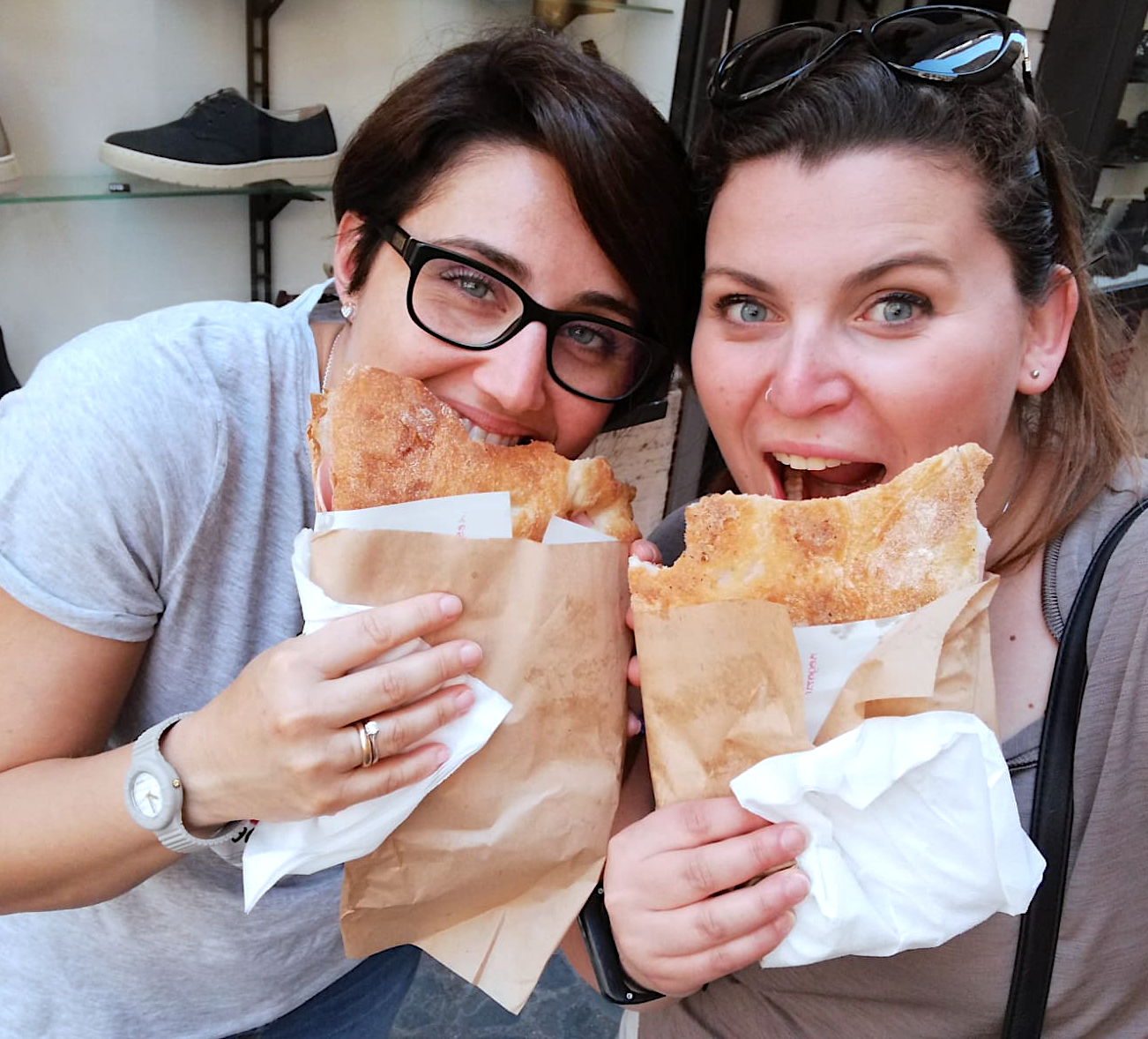
Like many hot and hot days, late in the afternoon there was a typical Roman summer downpour.
The worst thing when it rains in Roma? Puddles!
So be especially careful if you are close to bus stops. Who knows why they are the best places for puddles!
Once reached the hotel and got ready for the evening, what a better direction than Trastevere?
Got a taxi as “Dustin Hoffman in Toodsie”, we head towards the area most frequented by Romans, and not, on Saturday evening.
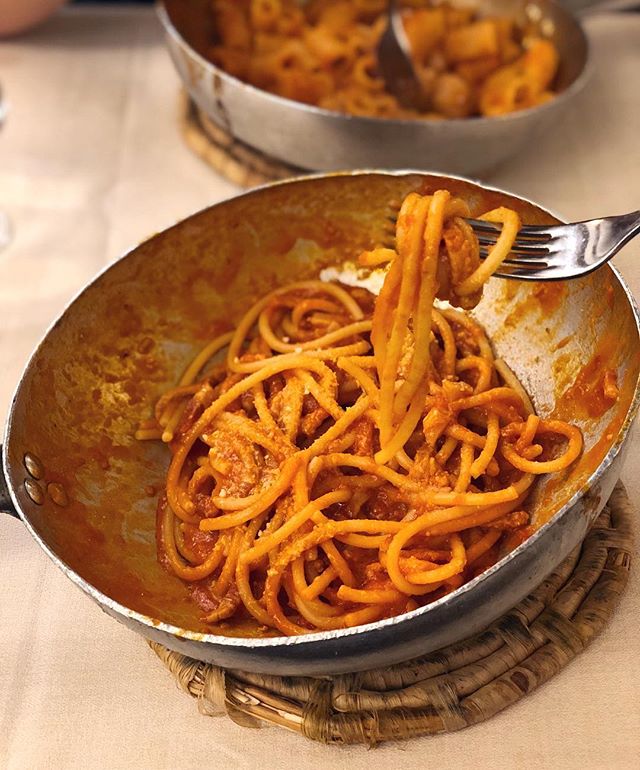
Where to go to taste the real Roman cuisine? To the Taverna Trilussa where the motto is: “Magnamo e bevemo mo’ che ce semo” (eat and drink as already here)
Their most famous specialty? The Amatriciana!
But I should also say that the “Cacio e pepe” and the “Carbonara” can knock your socks off!
You don’t need a silver fork to eat good food. – cit. Paul Prudhomme (& me)
And if you’re in Rome, you’re definitely not looking for tranquility and silence.
Then after dinner, stay in the streets of Trastevere and have a drink in the square among the crowd or along the Tevere river, in the moonlight.
Day 2
The second day began with a different spirit: strolling through the historical beauties of Rome.
So, left out b&b located in the typical street “via Cicerone” we headed towards Castel Sant’Angelo became the meeting place for all the rental electronically guided skateboard.
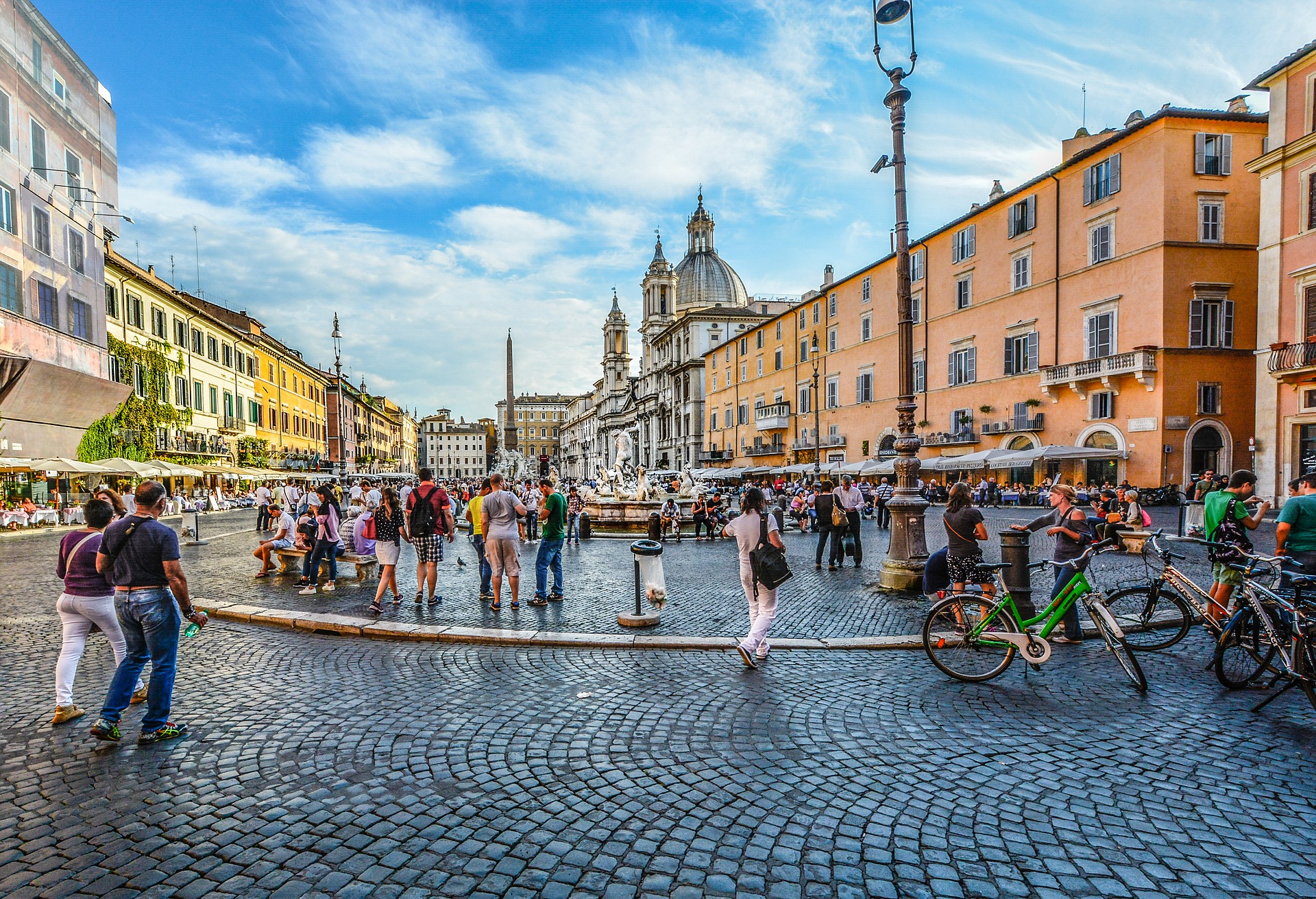
So, crossing the Tiber, we headed towards the majestic Piazza Navona, where portrait painters and artists of all kinds fill its spaces.
Strangely clean, crowded and beautiful as always, it is an excellent starting point for our mini tour of the historical monuments of Rome, with a very specific goal at the end of the trip: to get to the lock hole!
And then, towards the Pantheon (please keep in mind it’s a sacred place: covered shoulders!), where we take the classic photo at the central hole (all after 15 minutes of waiting for a coach arrived from India for the central hole).
Our route took us to the Sciarra Gallery, passing through the temple of Hadrian and the Alberto Sordi Gallery (another great temple of shopping).
And from here, obviously to the Fontana di Trevi! I think it is one of the most beautiful monuments of all time and it’s also charitable.
Yes, despite the fact that access to the coin is completely free, the famous act of “throwing the good luck coin over your shoulders” leads to about 3,000€ of collection per day.
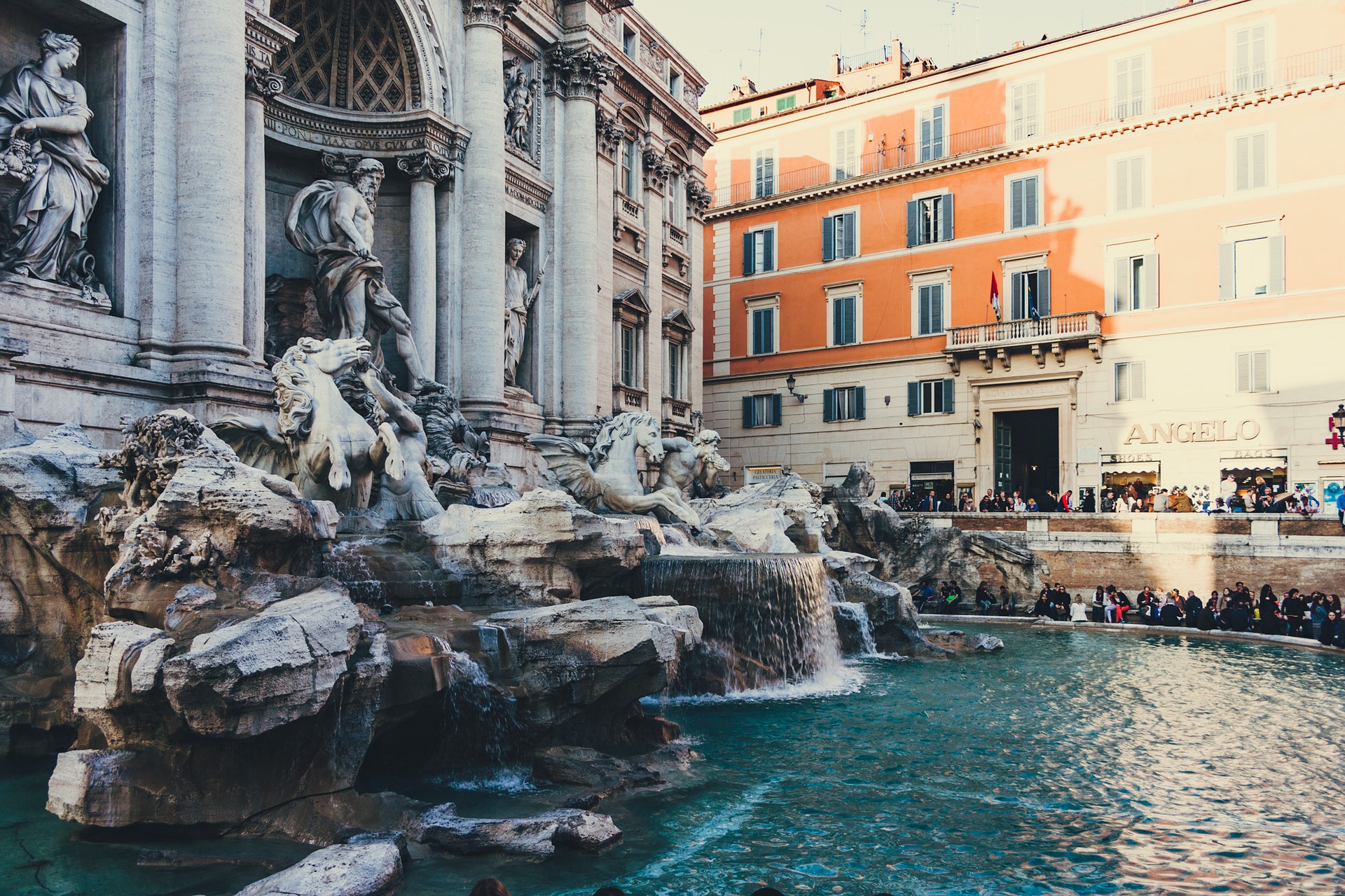
The legend holds that a coin thrown into the fountain will ensure a return to Rome. This tradition also dates back to the ancient Romans who often threw coins in water to make the gods of water favour their journey or help them get back home safely.
What many don’t know is that the coins are collected every night and given to an Italian charity called Caritas. Caritas, in turn, use the money for a supermarket program giving rechargeable cards to Rome’s needy to help them get groceries.
So, throw in coin if you’re seeking love – and if you’re not lucky, someone else will benefit your fortune at least!
And then, back on our route, passing by Piazza Navona, where the Altare della Pace holds sway, we reached the small street of via del Campidoglio.
The view from here is simply amazing: The Romans Holes.
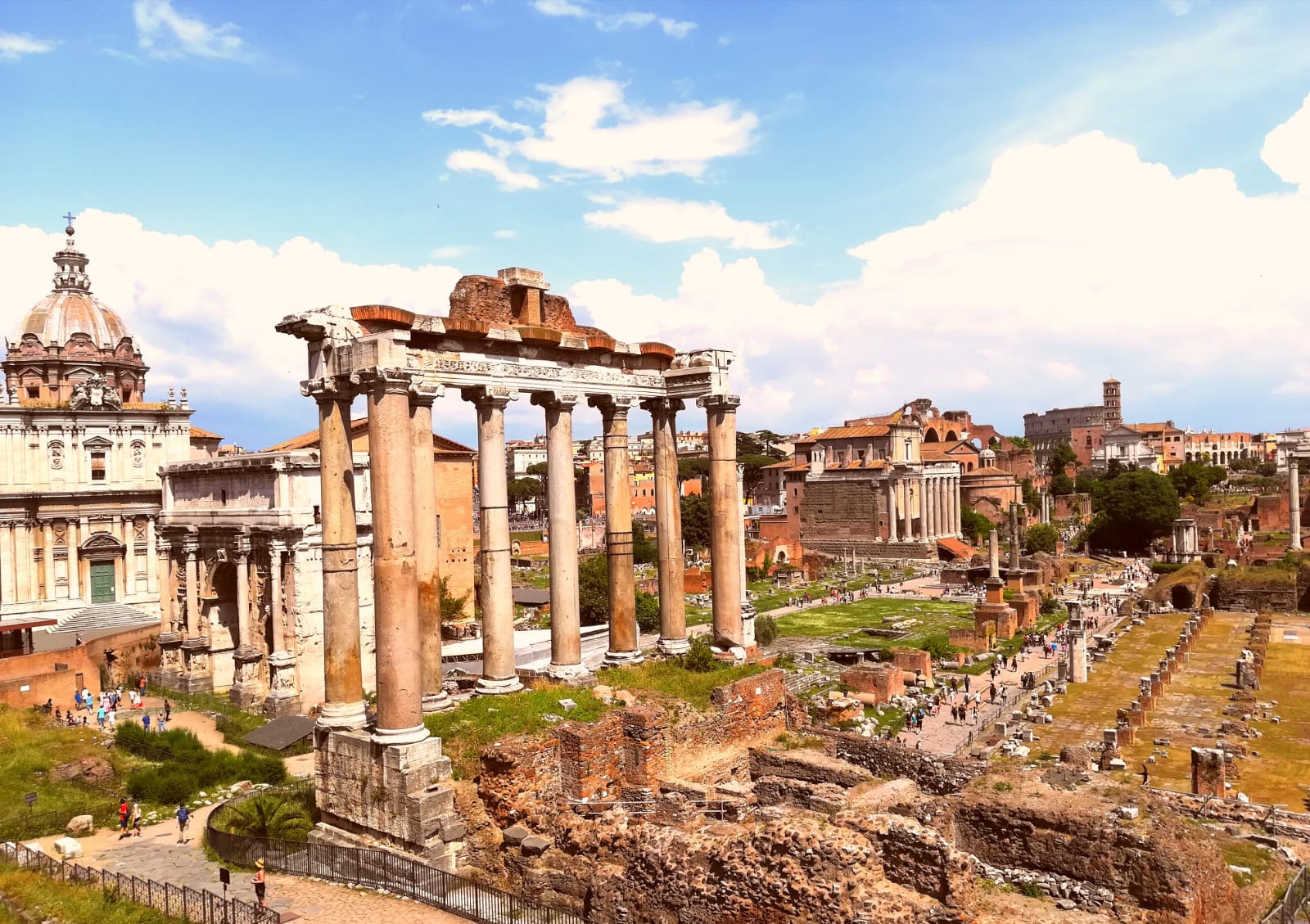
And after thousands of photos right here, what about a last stop? Circus Maximus!
The Mithraeum of the Circus Maximus is one of the many places in Rome that reveal the complex urban stratification of the city.
Sitting at a depth of nearly three stories underground today, the building was built on top of, filled in with Tiber silt and debris, and forgotten about until its rediscovery in the 19th century.
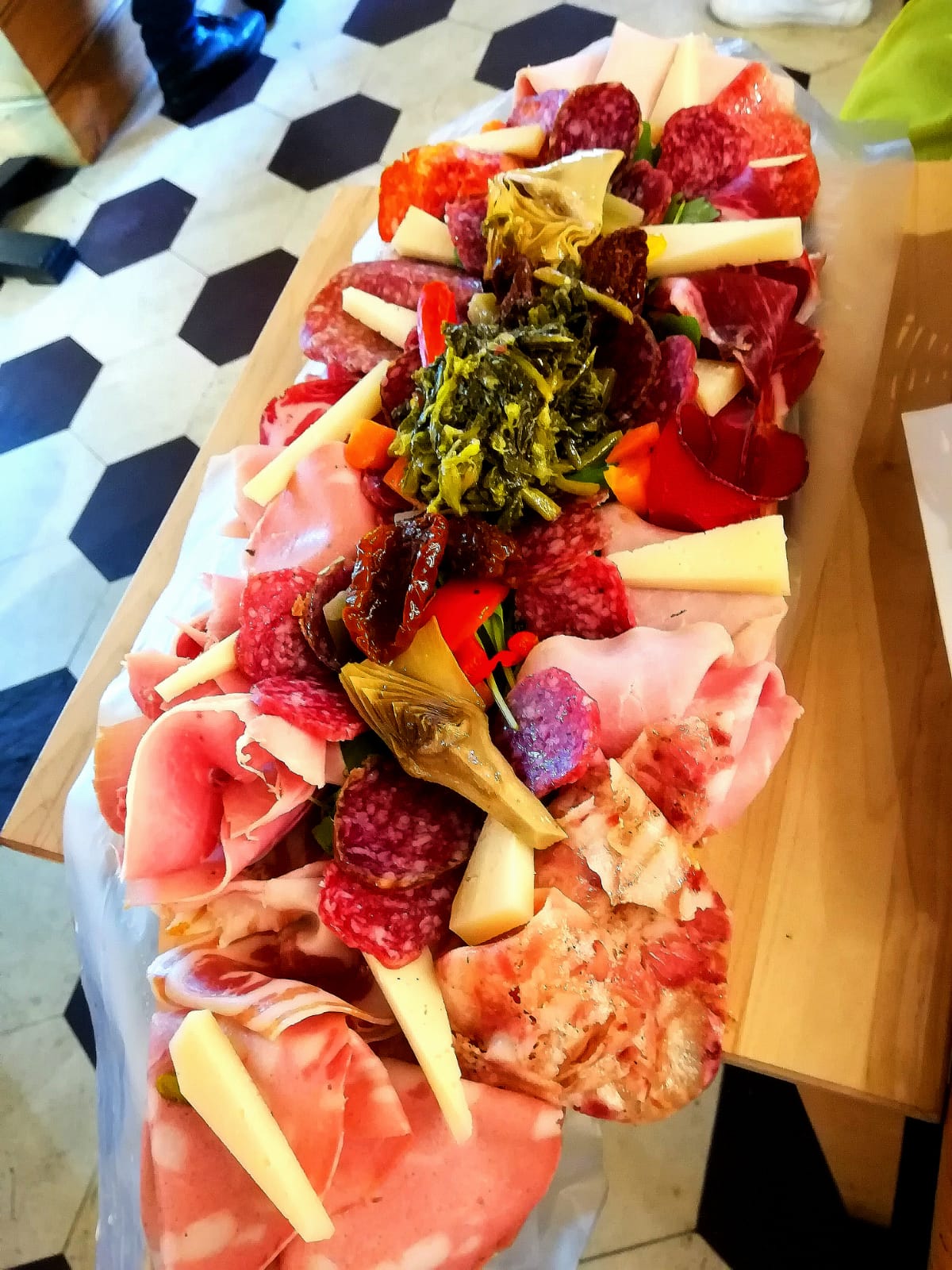
How did we end our intense day among the wonders of Rome?
With the best aperitif ever: a glass of red wine and a cutting board of cold cuts and cheese at the Antica Bottega di Norcia.
Ok, wine was maybe not the best ever, but the cutting board was unforgettable.
Day 3
Hidden in the heart of the city, Rome’s Jewish Ghetto is one of the best attractions in Rome and also one of its least-known. And that’s where our third day began.
The old Jewish Ghetto is a mosaic of ancient gems with nuances of the modern day.
Over the years the area has grown into a beautiful neighbourhood filled with restaurants, churches, and synagogues that combine jewish culture with the grandeur of Roman architecture.
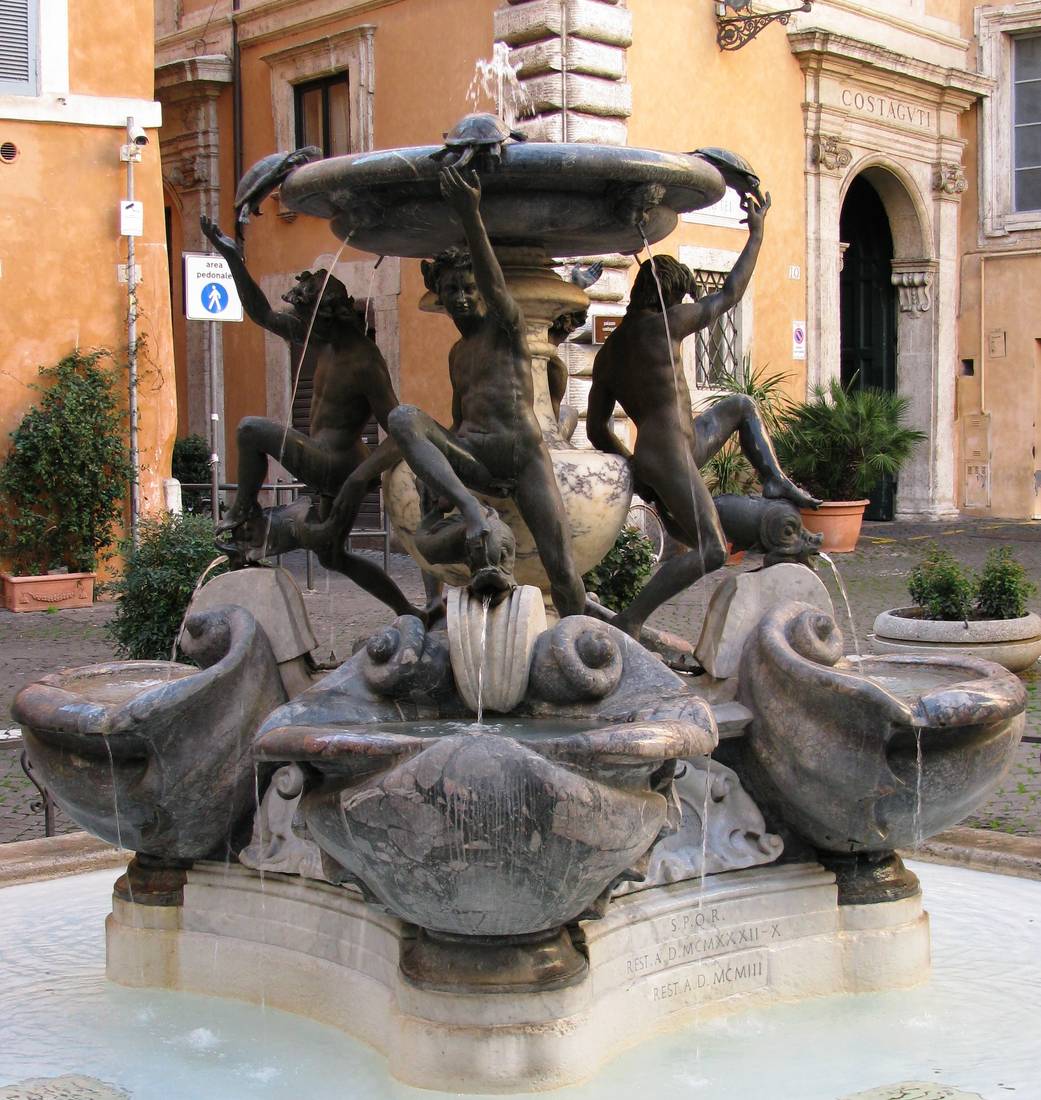
We entered into the Ghetto from the Sant’Ambrogio Street and it quickly revealed the The Turtle Fountain, a late Renaissance fountain in the rione Sant’Angelo.
Originally built as a drinking fountain, the water was sourced from the Acqua Vergine, one of Rome’s first aqueducts – a big deal for sixth century Romans!
Taking an hour to stroll around the local, uncrowded Jewish restaurants is almost unbelievable in Rome.
Still in the Ghetto, the Theatre Marcello is a must-to-go, as well as the largest Synagogue in Italy.
Before coming back to Tiburtina Station to say Goodbye to Rome, we couldn’t avoid a visit to the ultimate symbol of Rome: the Colosseum.
Commissioned in 72 a.d. by emperor Vespasian and completed by his son Titus in 80 AD, the Colosseum has withstood devastating earthquakes, fires, and stone-robbers over the centuries. Despite being in near constant use for over 1900 years, the structure is incredibly well preserved.
It was built just to the east of the Roman Forum and was the largest elliptical amphitheater ever built in the Roman Empire. Measuring 188 meters long by 156 meters wide, the structure was designed to hold 55,000 spectators.
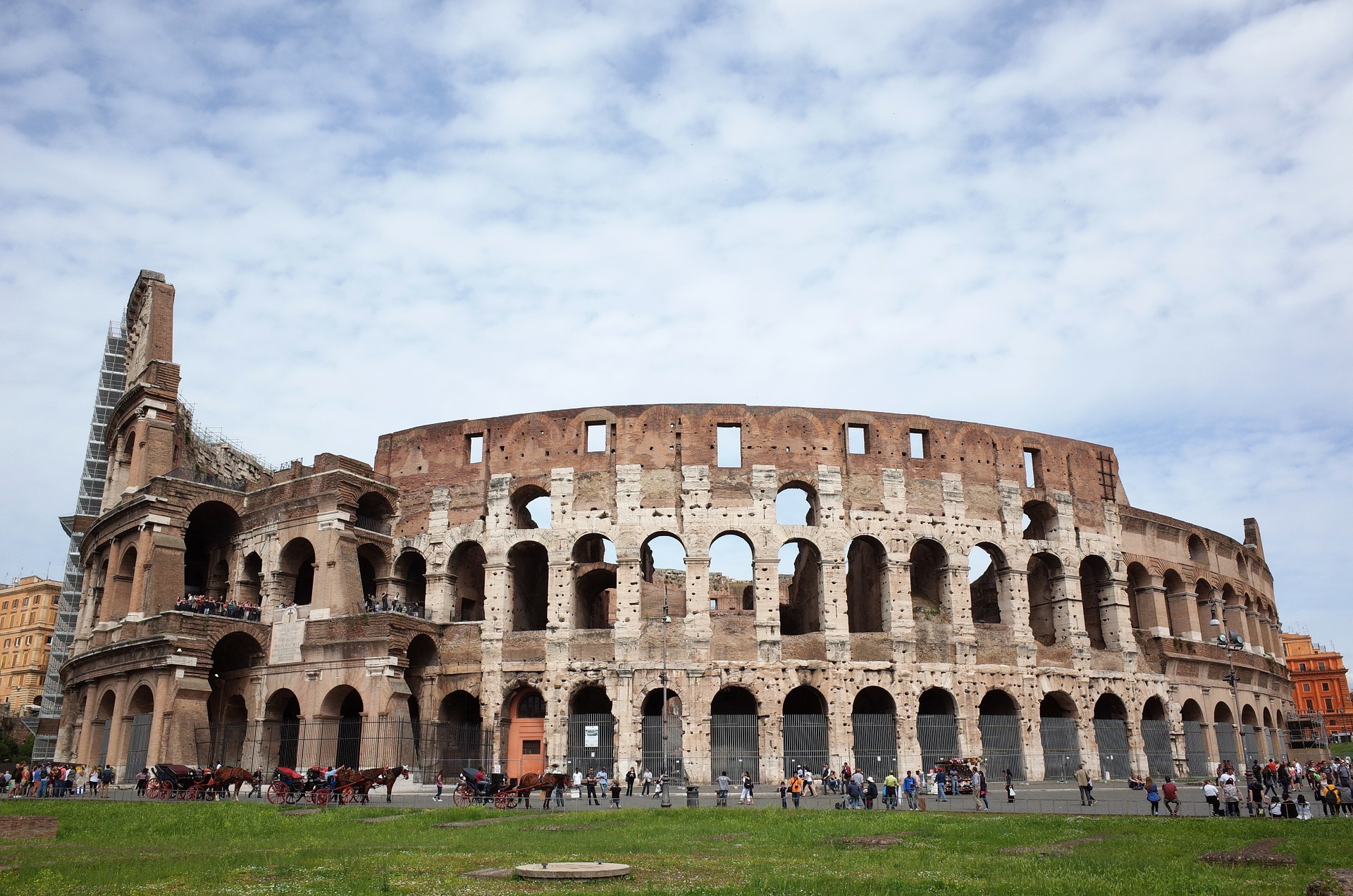
Sisters is probably the most competitive relationship within the family, but the sisters are grown, it becomes the strongest relationship. – cit. Margaret Med (& me)
